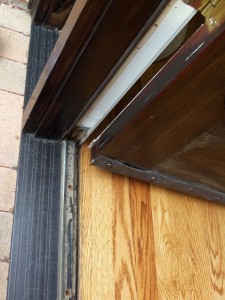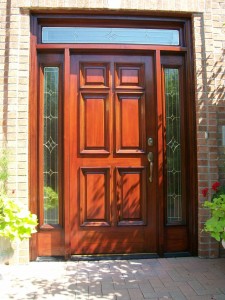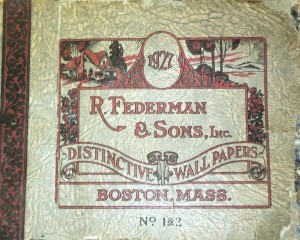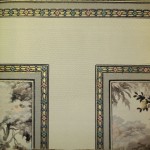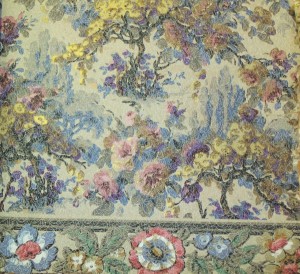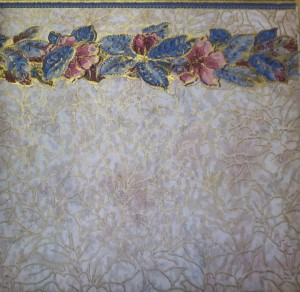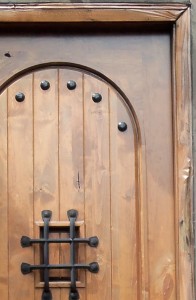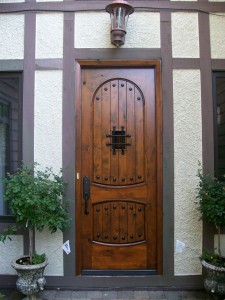Every year, as painting and decorating contractors in the Chicago area, we participate in a Palatine community project whose main attraction is an auction of hand-painted objects for the benefit of the local Chamber of Commerce and area charitable organizations. In 2009, the item we decorated was a park bench and last year, it was an Adirondack chair. This year’s event is called “Chillin’ in Palatine” and features ice chests as the item to be decorated by local artists. The auction will take place on October 13th.
As in years past, Painting in Partnership is one of the sponsors for this year’s event. In keeping with our slogan “We paint in partnership with YOU”, we partner with other artists in the execution of our designs. This year, we teamed up with Jeff “Kingdom” Kilpatrick, a well-known artist from Chicago to develop the concept for the decorating of the ice chest. Jeff’s idea for the chest consisted in an artistic re-interpretation of the American flag, complete with all 50 stars! The stripes are purple and celery green. Black and gray are used as accent colors and the stars are a bright yellow.
Our staff did the bulk of the painting. Jeff did the hard work! He spray-painted the fifty stars on the cover of the chest. The chest was then coated with a clear protective coating. In all, twenty four hours of labor went all aspects of the painting.
The decorating of this ice chest demonstrates how we, as painting contractors, team up with other craftsmen and artists to create beauty for our clients.







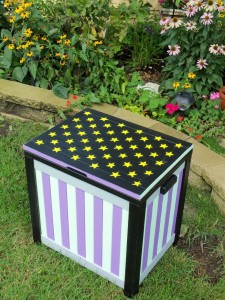
 Follow
Follow

